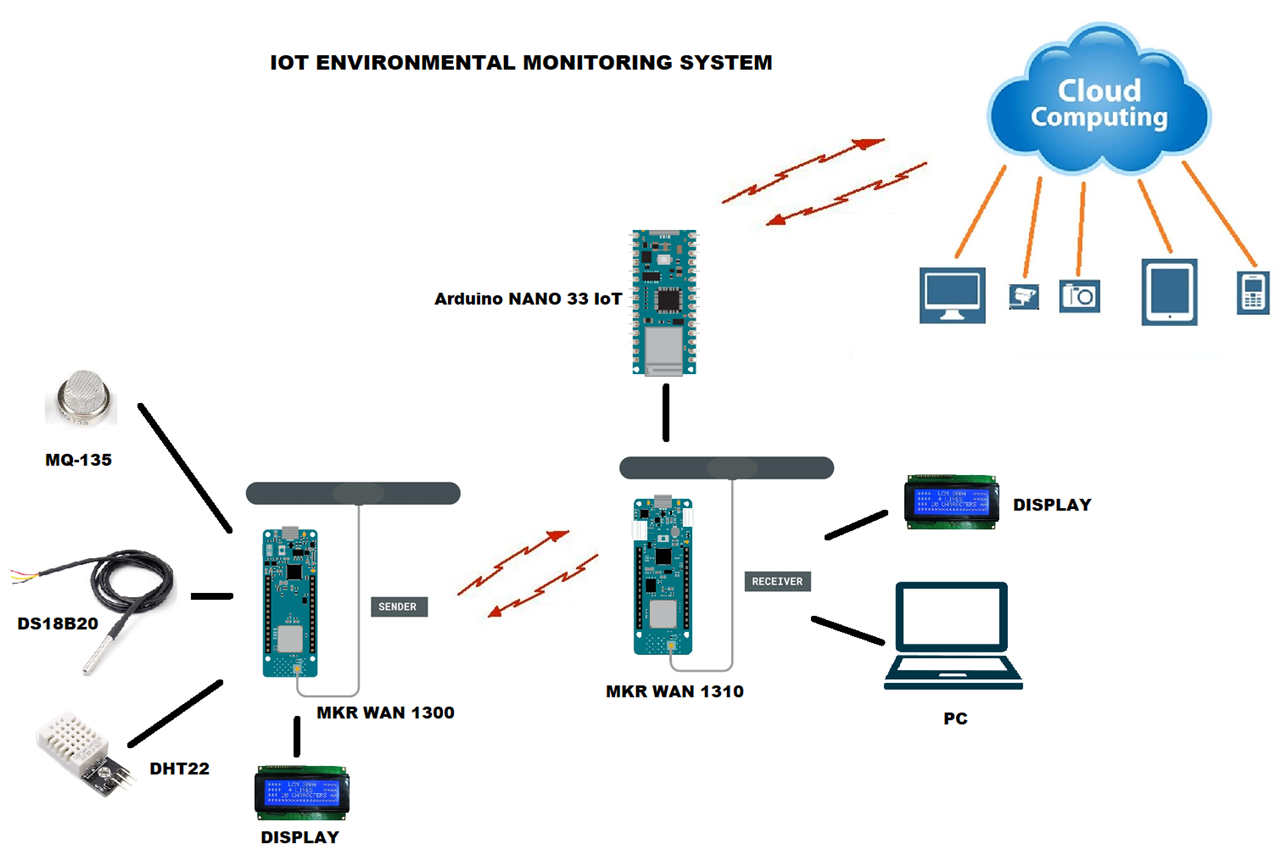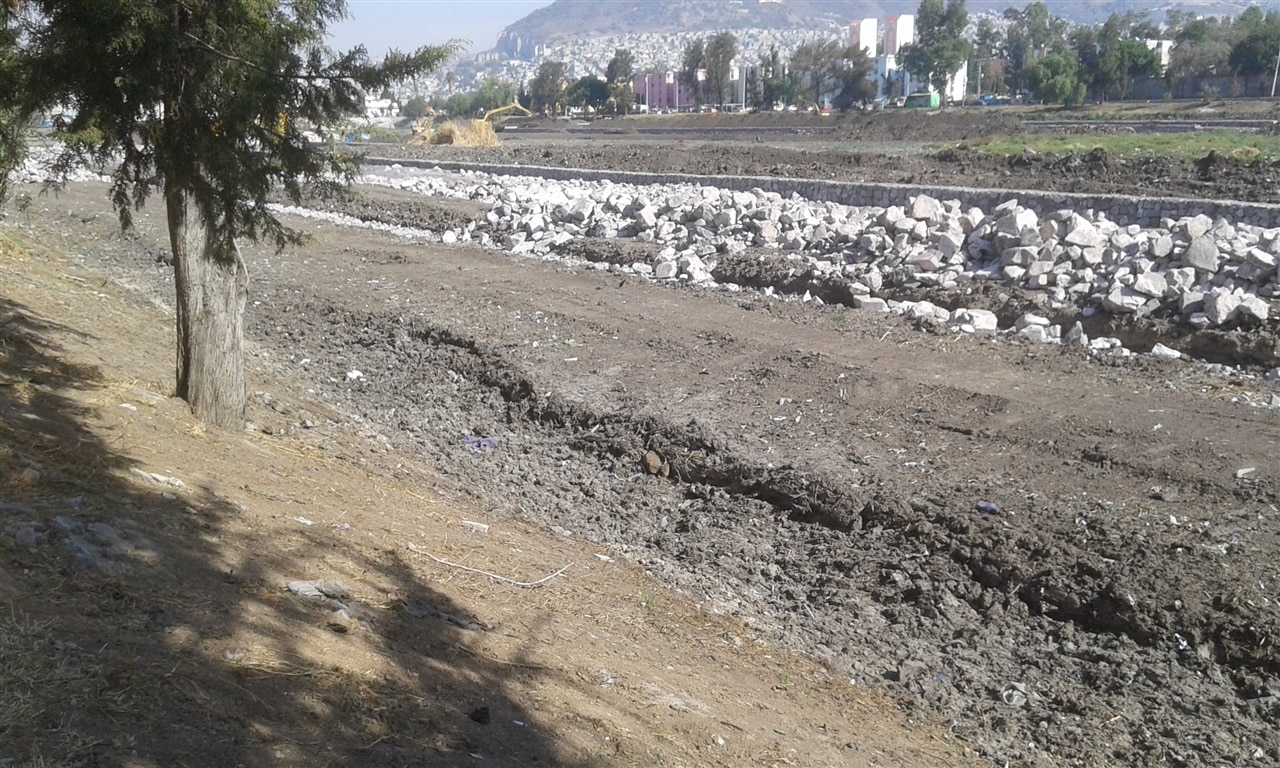Table of Contents
- Introduction
- Getting Started
- Edge Impulse
- Improving Edge Impulse Model
- Testing The Machine Learning Model With OpenMV
- Adding The Water Sprayer System
- Testing The Water Sprayer System
- IoT Environmental Monitoring System | Part1
- IoT Environmental Monitoring System | Part2
- Summary
**********************************************************************************************************************
According to the schematic diagram, to monitor the apiary it's necessary to configure the Arduino NANO 33 IoT board to connect to the IoT service provider as shown below.

ThingSpeak IoT
ThingSpeak is an IoT analytics platform service that allows you to aggregate, visualize and analyze live data streams in the cloud. In my case I will use the free version that allows me to monitor up to 3 sensors.
Please type the channel settings as shown below:
Take note of the Channel ID, and the Write API Key that are used to configure the Arduino NANO 33 IoT credentials.
Test
Below I show you an image of the modules working.
I carried out a test on April 17, below I show you the capture of the temperature graph on the ThingSpeak platform.
The humidity sensor graph is shown below.
Finally, the graph of the MQ-135 air quality sensor.
Below I show you the video of the project working.
At the moment I have not been able to test my prototype in the ecological reserve of my community because the sanitary authorities of my community are carrying out maintenance by putting filters and reforesting the area, since when there are rainy seasons sometimes it overflows the drainage deep here. Either way the tests are very similar to the ones posted in my project posted last year: (Missing Blog Post)


